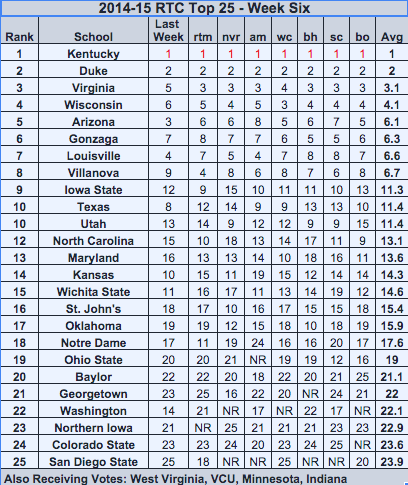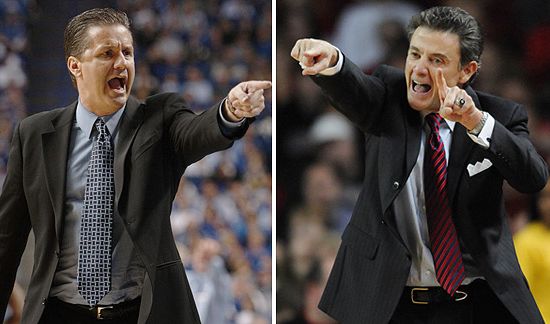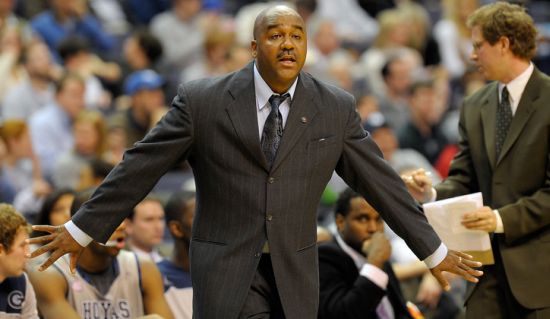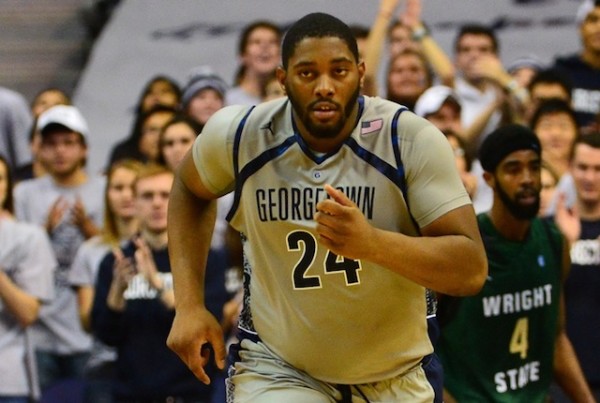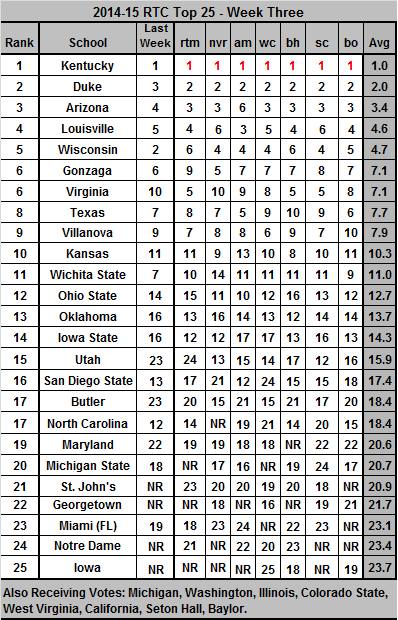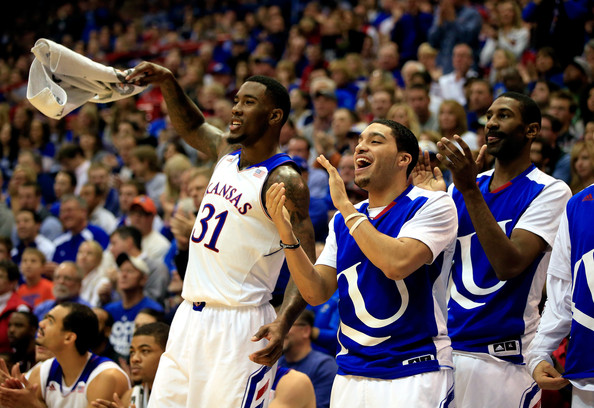Posted by Will Tucker on December 26th, 2014
College basketball places huge emphasis on individual games — showdowns between top-ranked teams, annual rivalry clashes, single-elimination tournaments — but it’s important to take a step back and look at the bigger picture from time to time. Each month, the Media Timeout will review emerging trends in how fans and journalists watch, follow, and talk about the sport.
Conference realignment in recent years has reshaped the college basketball landscape in both obvious and subtle ways. To paint the timeline in admittedly broad brushstrokes, it started with Colorado and Nebraska abandoning the Big 12 for the greener pastures of the Pac-10 and Big Ten, respectively. In the scramble for leagues to position themselves for the eventual “superconference” paradigm, the Pac-10 would add Utah to complete the Pac-12; the Big Ten would go on to poach Maryland and Rutgers; the SEC, Missouri and Texas A&M; the Big 12 reloading with TCU and West Virginia. Most of the Big East diaspora – Syracuse, Pitt, Notre Dame basketball, and eventually Louisville – settled in the ACC, and the Big East experienced its own dramatic transformation to a basketball-centric league as a result. Those shifts trickled down through many of the mid-major conferences, including the Mountain West, Conference USA, and Atlantic 10, weaving a convoluted web of migration across the country.
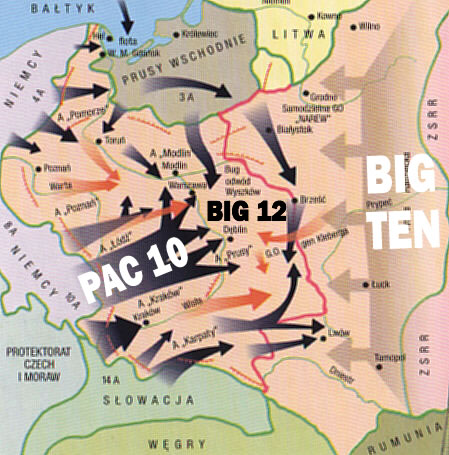
The War in Prussia Had Nothing on Conference Realignment
The consequences of those migrations are still revealing themselves several years later. Nowhere have they been more tangible to fans than in the separation of traditional rivals and the formation of new rivalries, sometimes taking root in unexpected places. Rivalries have long been fluid entities, in spite of our tendency to mythologize and idealize a bygone era of college basketball – one in which meritocracy trumped TV revenue, recruiting was an even playing field, and geography and shared heritage determined which schools became rivals. In 1980, for example, Depaul-Marquette was a big deal; Syracuse-UConn wasn’t that big of a deal; and Louisville and Kentucky had played each other only 12 times, ever.
So with that in mind, let’s pay homage to several of the casualties of conference realignment, before turning our attention to budding rivalries that may take their place. We’ll also look at existing rivalries that are being preserved despite changes in conference affiliation.
Rivalries Lost
Duke-Maryland: The rivalry between Duke and Maryland had lost some of its luster by the time the Blue Devils closed out the series by claiming their 13th win in the final 16 meetings: Overall, the Blue Devils held a commanding 114-63 advantage over the Terrapins. But there’s no question that this rivalry’s demise was a significant loss for college basketball fans. This is especially true for fans in D.C., where both schools have a significant alumni presence (College Park is about nine miles from the Capitol Building; Duke places a large number of alumni in the nation’s power cities). On the hardwood, the series experienced a golden age at the turn of the 21st century, when the teams traded national championships and were fixtures at the top of the ACC standings. While the rivalry may have lost some of its competitive edge in recent years, it never lost the element that truly set it apart: vehement hostility. From JJ Redick’s phone number, to the $500,000 in property damage recorded during the 2001 College Park riots, to the imperious “Not our rival” chants serenading Maryland players in Cameron; the discontinued series left big shoes to fill in terms of sheer animosity.
Read the rest of this entry »
| media timeout, Regular Features
| Tagged: aac, acc, big 12, big east, big ten, byu, cincinnati, conference realignment, duke, feature, georgetown, gonzaga, kansas, louisville, maryland, missouri, sec, syracuse, uconn, wcc
Share this story































